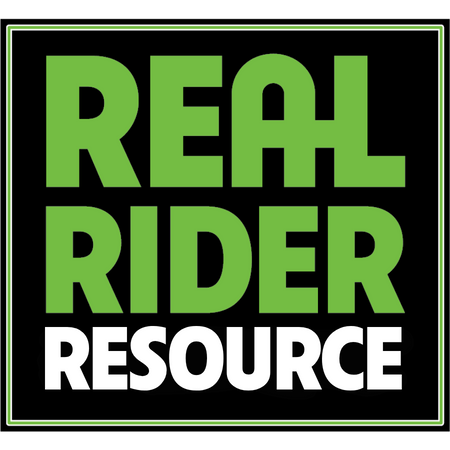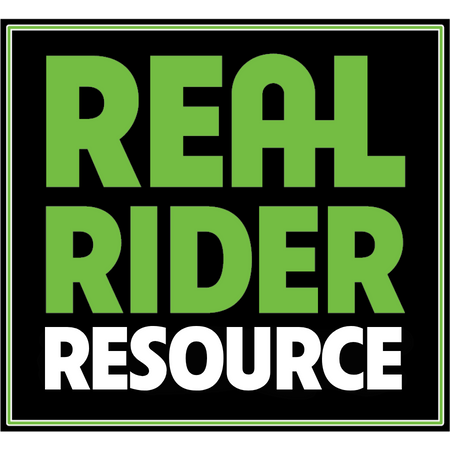Cold Snaps And Colic: Winter Warning Signs Riders Should Not Ignore
Cold weather tightens everything for a horse. Muscles, gut movement, and hydration all shift when the temperature drops. This is the quick rider version of what to watch for and how to stay ahead of winter colic risk.
Cold Weather Hits Horses Harder Than We Think
When the temperature falls fast, most horses drink less, move less, and brace their whole body against the cold. That combination slows down digestion and raises the risk of winter colic, especially during big swings up and down.
The tricky part is that most winter colic does not start with dramatic rolling. It usually begins with tiny changes that riders can feel long before anything looks obviously wrong.
Early Signs You Should Not Brush Off
Keep an eye out for small shifts that appear when the air turns sharp:
- Quieter behavior than your horse’s normal baseline
- Leaving extra hay behind for no clear reason
- Manure that looks smaller or dryer than usual
- Mild flank watching or tail swishing in the stall
- Belly or rib tension when you groom or girth up
- A slower or stiffer warm up than normal
- Noticeable drop in how much your horse is drinking
One sign alone does not guarantee trouble. Two or three showing up together is your cue to pay closer attention and adjust your plan.
Why Cold Weather Makes Everything Harder
Cold snaps put pressure on every weak spot in a horse’s routine. You often see:
- Lower water intake from cold or icy buckets
- Tighter muscles through the back and barrel
- Less turnout movement or shorter rides
- Slower gut motility as the body conserves warmth
- Stress on hydration and the normal flow of digestion
Many horses go from fine to not quite right in just a few hours when the weather changes quickly. That is why winter riders learn to notice the small signals early.
What Riders Can Do: Simple Steps That Matter
1. Keep Water Inviting
Horses are much more likely to drink when their water is:
- Slightly warm instead of icy cold
- Fresh and clean smelling
- Free of ice or slush on top
- Easy to reach without shocking their muzzle
A warm bucket on a cold day is one of the easiest wins in the barn.
2. Add Salt With A Vet Guided Plan
Most horses need more salt in winter than in summer. Salt supports hydration, normal drinking habits, and healthy gut movement. Work with your veterinarian to decide how much and what type fits your horse’s diet and workload.
3. Encourage Movement, Not Miles
Motion is medicine for the gut. Even short hand walks, a longer walk based warm up, or extra time in turnout help keep digestion moving.
If your horse is stiff or braced from the cold, a little comfort support before warm up can make those first steps easier and more relaxed.
4. Watch The Belly And The Back
Cold muscles often turn into tight toplines and tighter bellies. That does not help gut movement. Many riders use Draw It Out® Gel before and after work on:
- Back and loins
- Hindquarters and gaskins
- Barrel and areas that stay tight in cold air
The goal is not to treat colic. The goal is to support enough comfort that the horse wants to move freely. Movement is everything in winter.
When To Call The Vet
Do not wait if you see clear signs that concern you. Call your veterinarian right away if your horse shows:
- Repeated attempts to roll or clear distress
- No manure for several hours during cold weather
- Refusal to eat or drink
- Heavy sweating, fast breathing, or dark gums
Always trust your gut. You know your horse better than anyone and it is never wrong to be early with a call.
Your Quick Winter Checklist
Daily cold weather check
- Manure looks normal in size, shape, and moisture
- Water is going down through the day, not sitting untouched
- No extra belly tension when grooming or tacking
- Horse is willing to move forward and stretch during warm up
- Appetite is steady with no unexplained changes
- No new or unusual behavior that feels off to you
Want A More Comfortable Winter Ride
Many Real Riders pair smart winter management with gentle, alcohol free liniment to help their horses warm up without bracing against the cold. That combination of comfort and good care habits keeps both horse and rider more relaxed all season.










